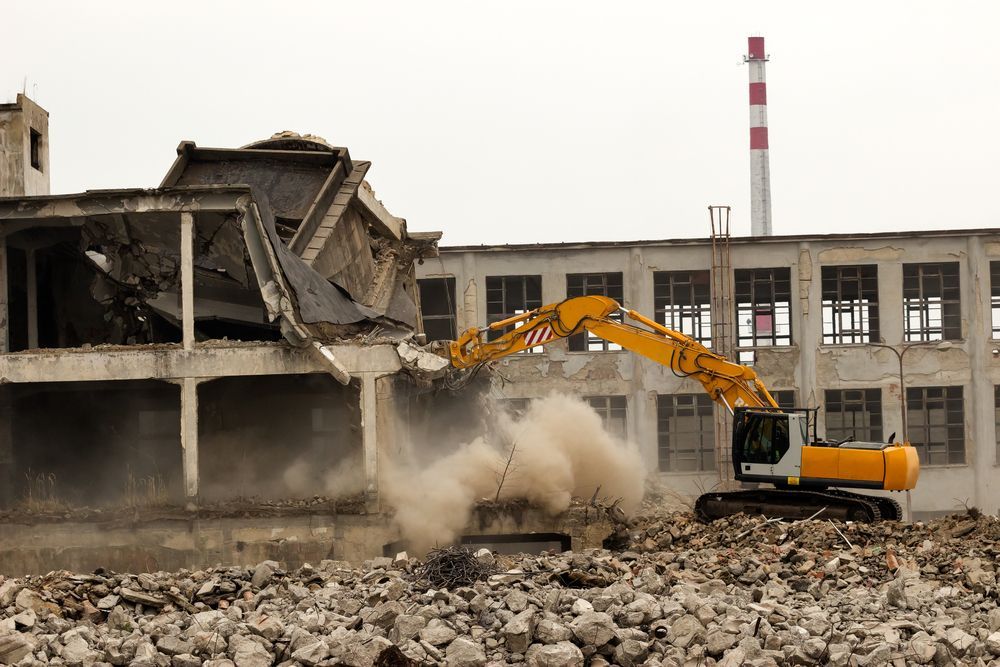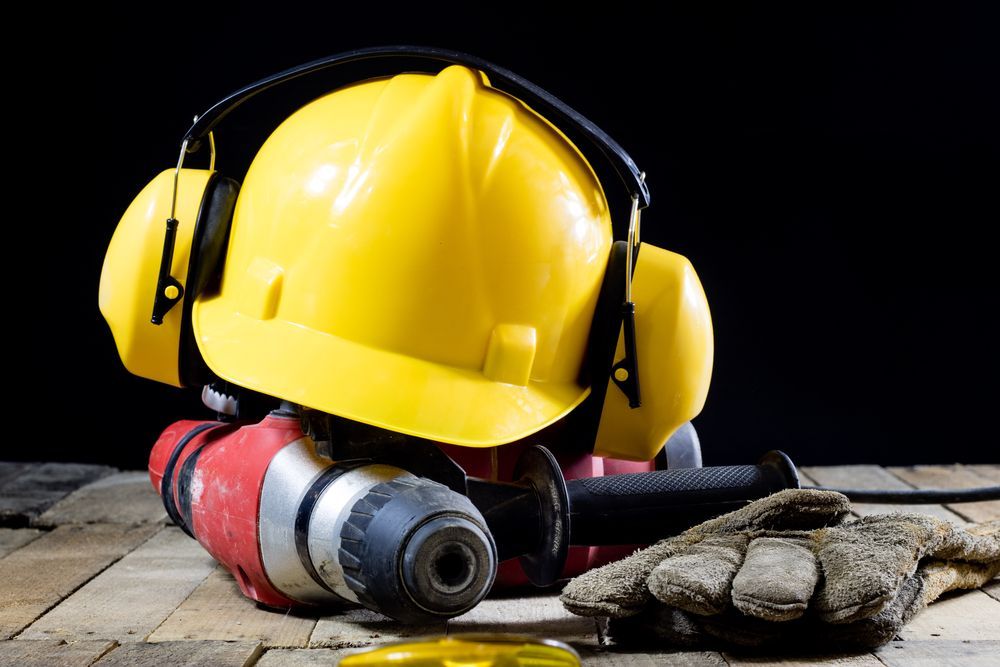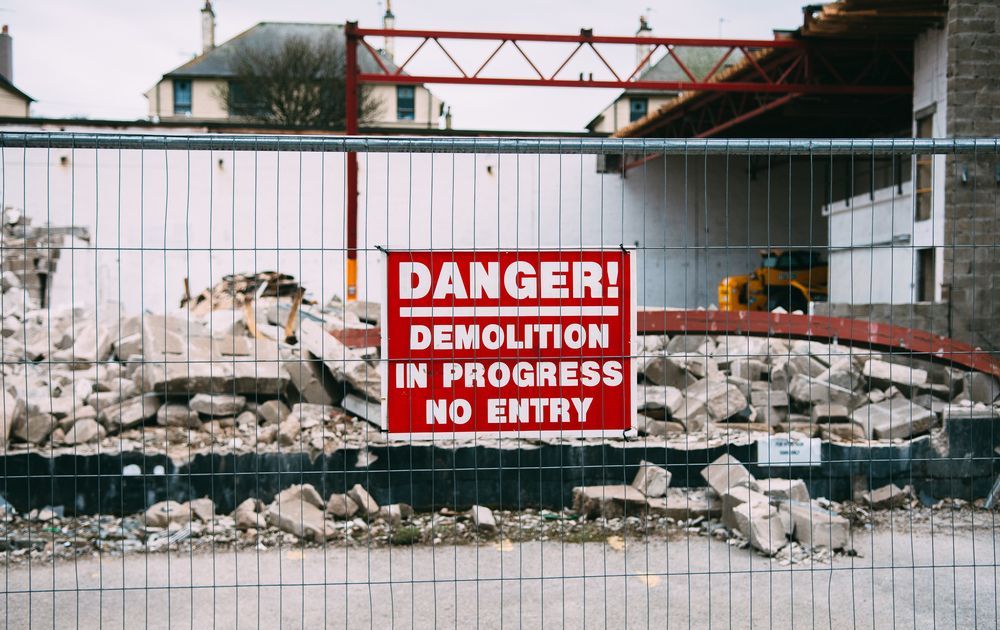What are the Different Types of Excavators?
Share this article:

Whether you’re doing demolition work yourself or working with a company to do it for you, it should go without saying that there’s going to be various heavy equipment used throughout the process. And perhaps the most popular piece of equipment that will be on-site to help perform the demolition and clean up the debris afterward is an excavator.
Despite what you may think,
excavators are not universal. In fact, the type of demolition that is being done and the building that it’s being done on will dictate the type of excavator that is used. In this post, we’ll discuss the various types of excavators and what types of demolition projects they’re likely to be used on. Here’s a closer look:
The Various Types of Excavators
Excavators are relatively easy to identify based on a number of characteristics. For instance, they typically always have an arm, a bucket, a rotating cab, and either wheels or tracks to help them maneuver around the site. Here’s a closer look at some of the types of excavators that you’re likely to see on demolition projects.
Crawlers
Ideal for working on uneven terrain, the crawler excavator operates on tracks – not wheels – and tends to be best for smaller demolition projects or working on certain areas of a demolition. Because it runs on tracks, it tends to operate better on uneven terrain compared to excavators that run on wheels. Though a bit slower moving around the site than other excavators, it also tends to be more stable than other models. This stability allows it to take down parts of buildings with relative ease.
Wheeled
This type of excavator is basically the same thing as the crawler excavator that we just discussed – except with wheels, not tracks. Wheels help excavators travel faster around the site, even if they’re not able to handle uneven terrain as seamlessly as the crawler excavator. Best used on flat surfaces or hard surfaces like asphalt or concrete, you lose some versatility with a wheeled excavator, even though you make up for it in speed. In addition to speed benefits, wheeled excavators also tend to be easier to drive and maneuver.
Suction
Also known as a vacuum excavator, suction excavators are just what they sound like – types of equipment that allow a demolition company to be precise and careful when cleaning up debris on the job. These types of excavators tend to have a suction pipe that can reach into enclosed spaces or confined areas with ease to vacuum up soil and other debris in a fast and effective way. Ideal for smaller demolition jobs where precision is a necessity, suction excavators can minimize the risk of damage to any utilities or surrounding area.
Long Reach
Long reach excavators have an extended arm and boom, which have a range of up to 100 feet. Long reach excavators are ideal for larger and taller projects that span several floors. Not only can the longer arm reach these areas of a property to perform demolition, but it allows for demolition to occur more safely compared to using other types of heavy equipment. Being that the excavator’s arm is so long, operators can perform the work at a safe distance away from the site, which can offer protection from falling debris. The one downside to long reach excavators is that they’re not the ideal solution for smaller spaces.
Skid Steers
Skid steers aren’t so much ideal for demolition as they are for moving the byproduct of demolition – debris – around the site after parts of a building come down. Keep in mind that the job isn’t done after the building comes down, debris needs to be sorted and properly cleared to make way for the new development. Skid steers are ideal for this type of removal. They feature a large bucket that can push debris around the site and then scoop it into dumpsters for hauling away. Skid steers tend to be best for smaller sites. One downside of using a skid steer is its versatility. Most are driven on wheels, which don’t perform well on uneven terrain or in muddy or snowy conditions.
Other Types of Excavators
Two other types of excavators that have a purpose on various demolition jobs, but aren’t as common as the ones we’ve discussed so far in this piece include dragline excavators and hydraulic shovels. Here’s a brief overview of each:
- Dragline: Ideal for deep excavation, dragline excavators can dig up to 65 feet deep. These excavators are ideal for performing demolition work under water or for harbor construction or deeper excavation.
- Hydraulic: Hydraulic excavators are best for heavy digging projects. Also referred to as power shovels, they serve a role similar to that of the skid steer on demolition projects in that they excel at heavy lifting and moving around debris or other materials.
There are also mini excavators that can be used on more confined sites. Mini excavators are just like they sound – they’re smaller versions of conventional excavators that come in handy during a more select, controlled demolition.
Common Types of Attachments
One neat thing about excavators is that many are able to accommodate a number of attachments that may be used during different phases of the demolition job. Some popular attachments include a bucket for digging and scooping, an auger for drilling, and a breaker for drilling through building materials or concrete. Thumbs and couplers are other common types of attachments.
Contact Us Today
For more information on the various types of excavators used to put in the work on demolition projects,
contact us today. As a leading commercial building and industrial demolition contractor, we pride ourselves in using the right equipment to get the job done – on time and on budget, and safely. Contact us today for more information.



